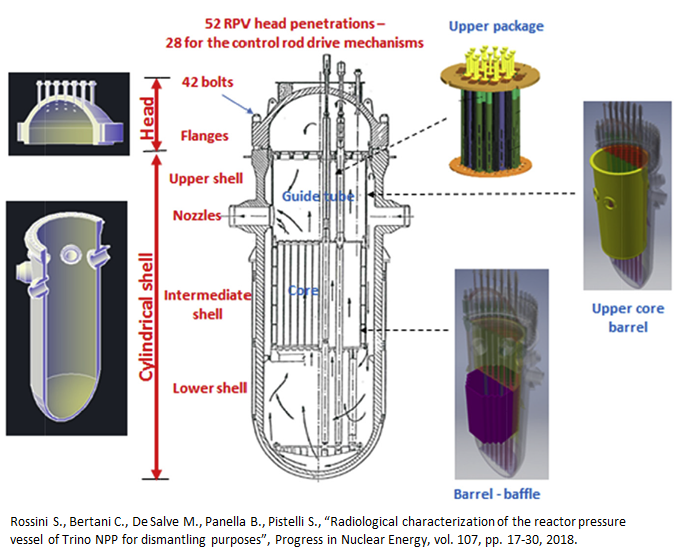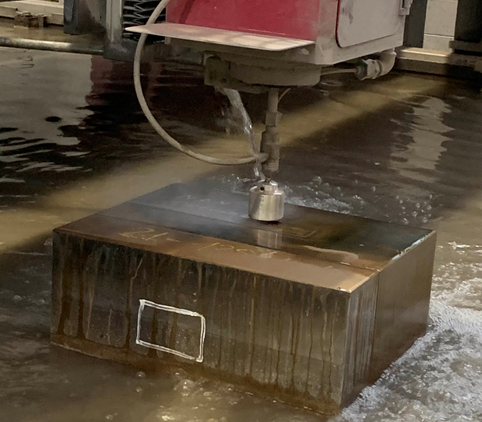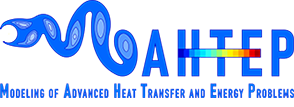Pressure vessel and internals dismantling procedure
Activity carried out within the MSc thesis project of Marco Guerra (tutored by Prof. Laura Savoldi) in collaboration with Eng. Silvio Cao and green-land S.R.L..
Objective of the activity: Design of a procedure for the dismantling of Trino NPP reactor vessel and internals based on the ALARA concept for the personnel absorbed dose and at the same time being economically competitive.
Framework of the activity:
In 1987, after the results of a referendum, Italy decided to quit all nuclear power plant (NPP) operations and since then the four existing NPPs (in Caorso, Garigliano, Latina and Trino, see Figure 1a) needed to be dismantled. Actually, only less activated components have been decommissioned and the most dangerous parts are still waiting for a proper procedure of conditioning.

Figure 1. NPP in Trino Vercellese (a) and PWR scheme (b).
The core of the NPP in Trino Vercellese is a PWR reactor (see Figure 1b), where water at high pressure flows in the primary circuit exchanging heat with the core and then releasing it to the secondary circuit, always remaining in liquid phase. At the secondary side, water at lower pressure follows a conventional Rankine cycle producing electricity.
The focus of the activity is to design a complete, safe and economically favorable procedure for the dismatling of the Reactor Pressure Vessel (RPV) and the internals (RVI), stainless steel structures located inside the RPV for the water flow direction and fuel elements support.
Planned activity:
Starting from drawings and schemes of the plant it is necessary to design a procedure that permits the segmentation of the RVI and the RPV which is prevented to be made in the original position by:
- Narrow spaces around the components;
- RPV static support;
- Contamination dispersion in a non suited environment.
This problem is solved by moving the vessel in a more suitable location, as well as for RVI, but the operation is still difficult due to its excessive weight of the RPV, leading to the necessity of reducing it.
In order to cut RPV and RVI, the AWJC technology has been chosen and a contamination-containment system has been patented by green-land srl for this purpose.

Figure 2. Drawings of Trino Vercellese NPP pressure vessel and internals.
Firstly, the RVI (see Figure 2, on the left-hand side) are moved to the correct position in the plant and then are cut using mainly AWJC and other low debris cutting technologies. Secondly the RPV must be moved as well as for RVI but more difficulties arise due to previously mentioned reasons. After the RPV (see Figure 2, on the right-hand side) is placed in the correct position, the AWJC cutting solution with containment is adopted for the segmentation. Of course, all wastes produced are removed following a precise route called Waste Route (WR) which must be designed. Following this path, wastes will be brang to the Waste Management Facility (WMF), a building where they can be conditioned and sent to the in situ storage and at the end to the final national deposit, called Deposito Nazionale (DN).

Figure 3. First test of AWJ cutting high thickness.
For carrying out this project all activities should be optimised and coordinated, using for example some Gantt diagrams. Personnel’s work must be planned and all economic aspects of the operations must be analysed in detail. Few machines must be designed, tested (see Figure 3) and realised which will constitute a huge economic and time effort. At the end all processes must be certified and approved by authorities and finally operations can be considered concluded and ready to start.

